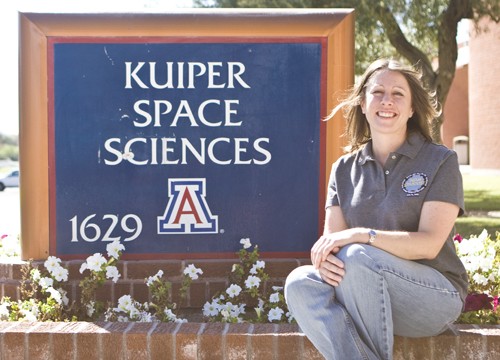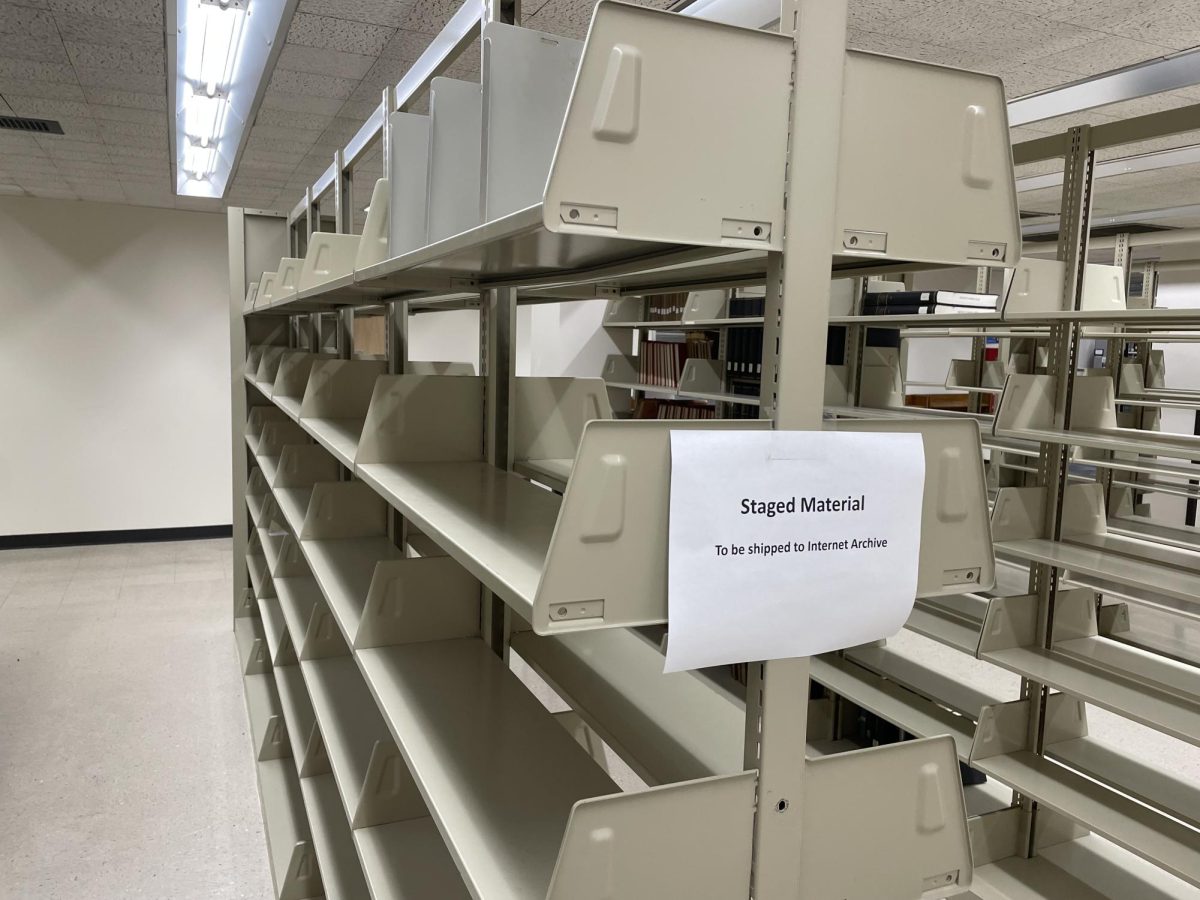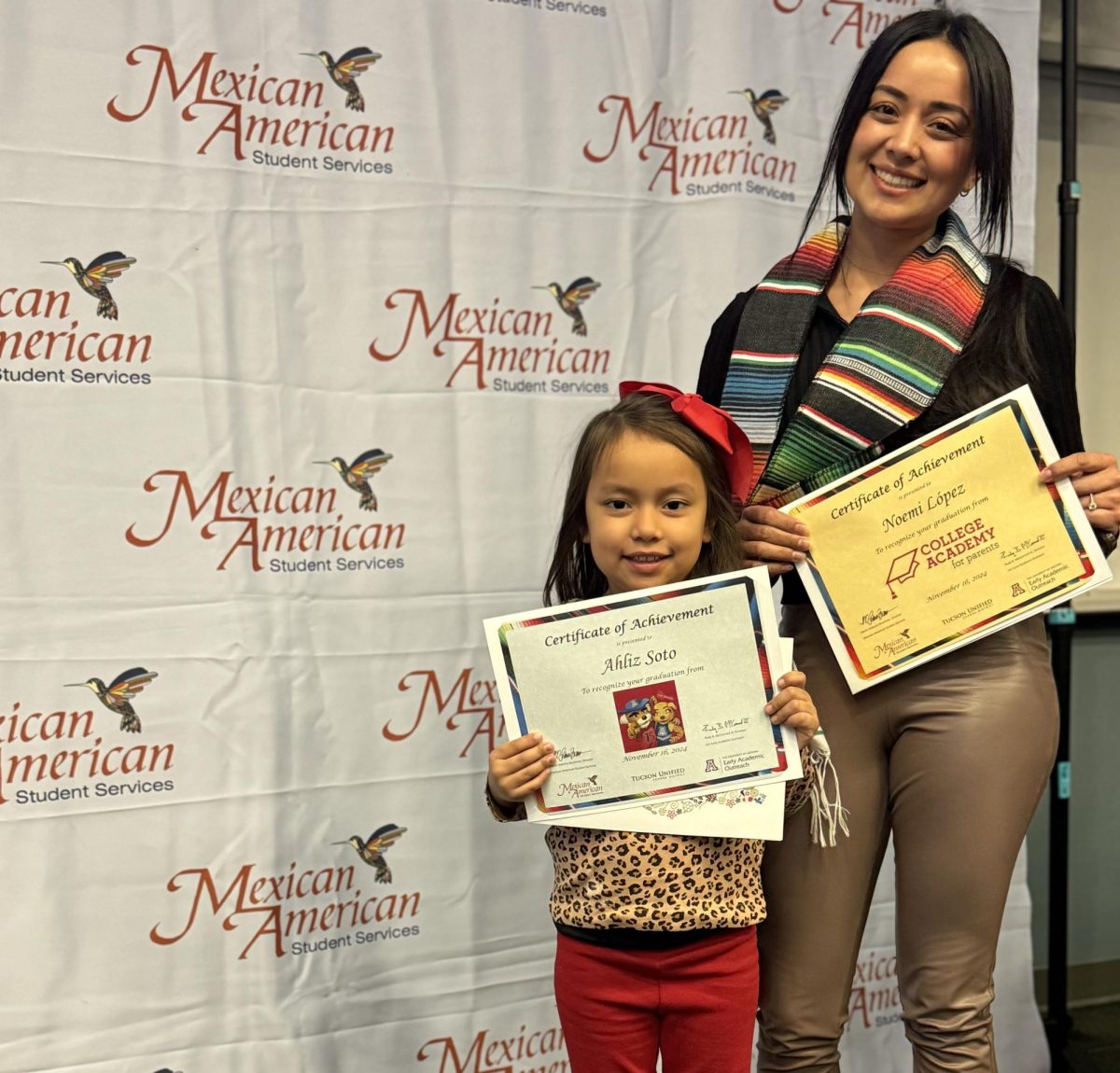UA researchers proved icy comet bodies may have contained liquid water — something many astronomers thought impossible.
Eve Berger, a graduate research assistant, and her faculty adviser, Dante Lauretta, associate professor in the Lunar and Planetary Laboratory, utilized small sulfide grains scooped from space after being released from the surface of a comet speeding through space at six times the speed of a rifle bullet as part of the Stardust mission.
Stardust was the first U.S. space mission focused solely on sample recovery from comet exploration and also the first robotic return mission returning space materials from outside the orbit of the moon. Berger utilized the government laboratories at the U.S. Naval Research Laboratory in Washington, D.C., and NASA’s Johnson Space Center in Houston.
“”This adds to the work of other people in demonstrating that materials have been mixed very early in space history and also that it’s possible that there were pockets of liquid water on the comet,”” Berger said.
A self-described hands-on scientist, Berger said some of the most exciting parts of her work came from “”getting dirty in the lab”” with samples and studying comets, a field she wasn’t originally poised to enter.
During her undergraduate studies in chemistry at Rutgers University in New Jersey, Berger landed a summer job studying micrometeorites in the lab of one of her professors.
“”Here we are looking at rocks who’ve come to earth from space,”” she said, as she explained that the types of grains found on the comet were those studied under high temperatures, one feature of why this discovery is so unique.
When the ice melted on the comet Wild 2, minerals were dissolved in the comets then warm water and heightened temperatures created the iron and copper sulfides that Berger and Lauretta observed.
“”For the most part, people thought of them (comets) as deep freezers,”” Lauretta said, “”So this also means that liquid water was also very common in the early solar systems.””
The sulfide materials formed between 50 and 200 degrees Celsius, or 122 and 392 degrees Fahrenheit.
Lauretta said the study started out with the UA’s participation in an international effort to characterize preliminary data from the 2006 return of the Stardust mission.
Berger said she owes much of her success to her work in those national labs and here at the UA under the tutelage of Lauretta, as his research history delves both into sulfides and continued support for and utilization of return missions from space.
“”We had to keep an open mind in the mix of minerals that we were going to see,”” Berger said. “”Because this is not anything we could have acquired using a ground mission or remote analysis. We had to reach a comet and return from it safely. … It really emphasizes that we need to continue to push to have sample return missions.””
Lauretta also emphasized the mission’s importance as the diversity of environments that existed on the comet could denote that some of “”the organic building blocks of life were delivered to the surface of the Earth from outer space.””
Berger utilized this research in her doctoral thesis and is defending it in September before looking at post-doctoral positions in the field.
“”I haven’t even thought about it (not being at the UA),”” Berger said. “”I’m happy that I was able to do this project and happy that I was able to characterize the minerals within the comet to tell us a story about Wild 2. … X number of years ago we wouldn’t have been able to do this, and now we’re pushing into the nanorealm.””









